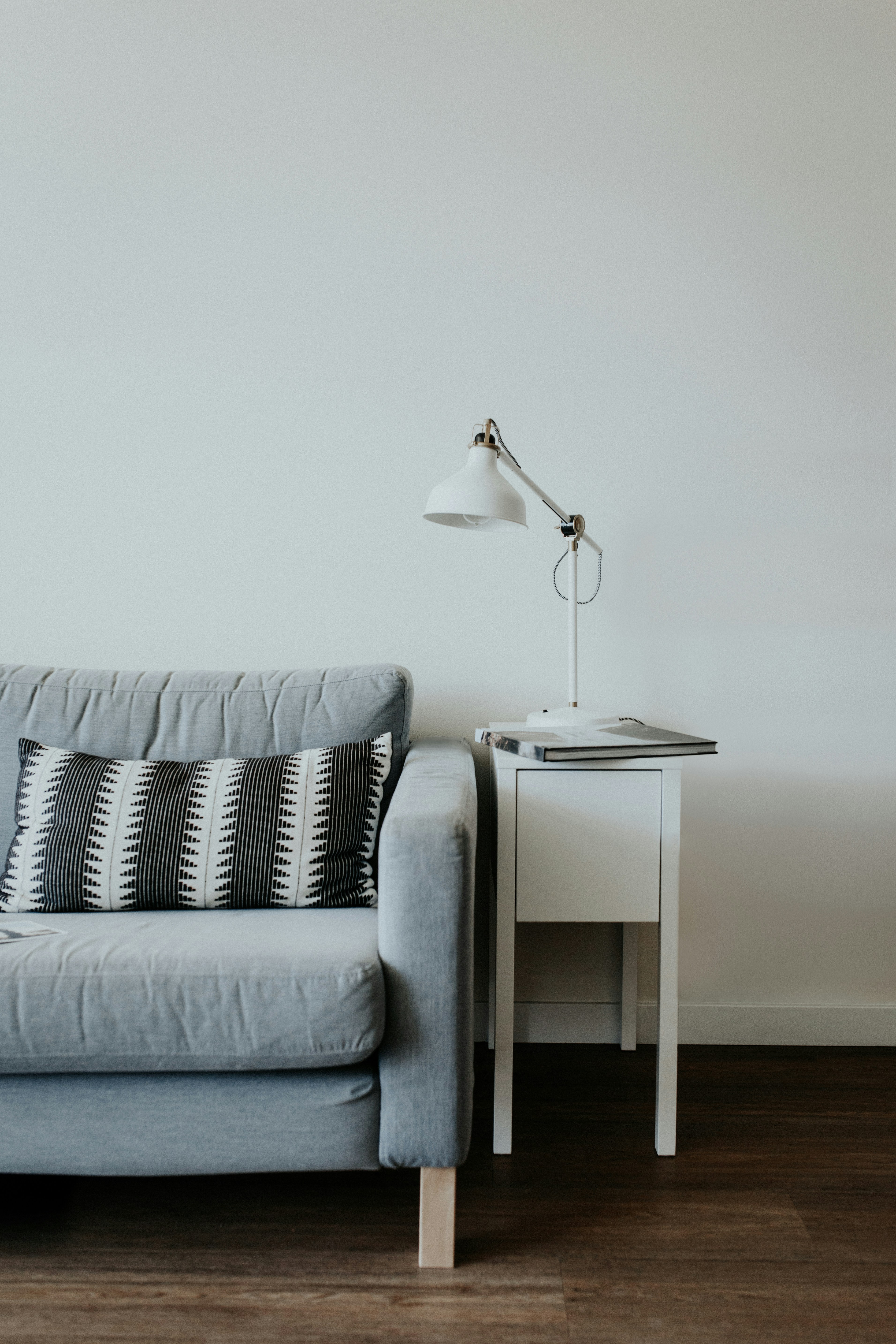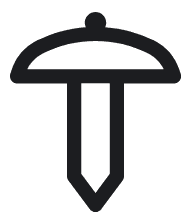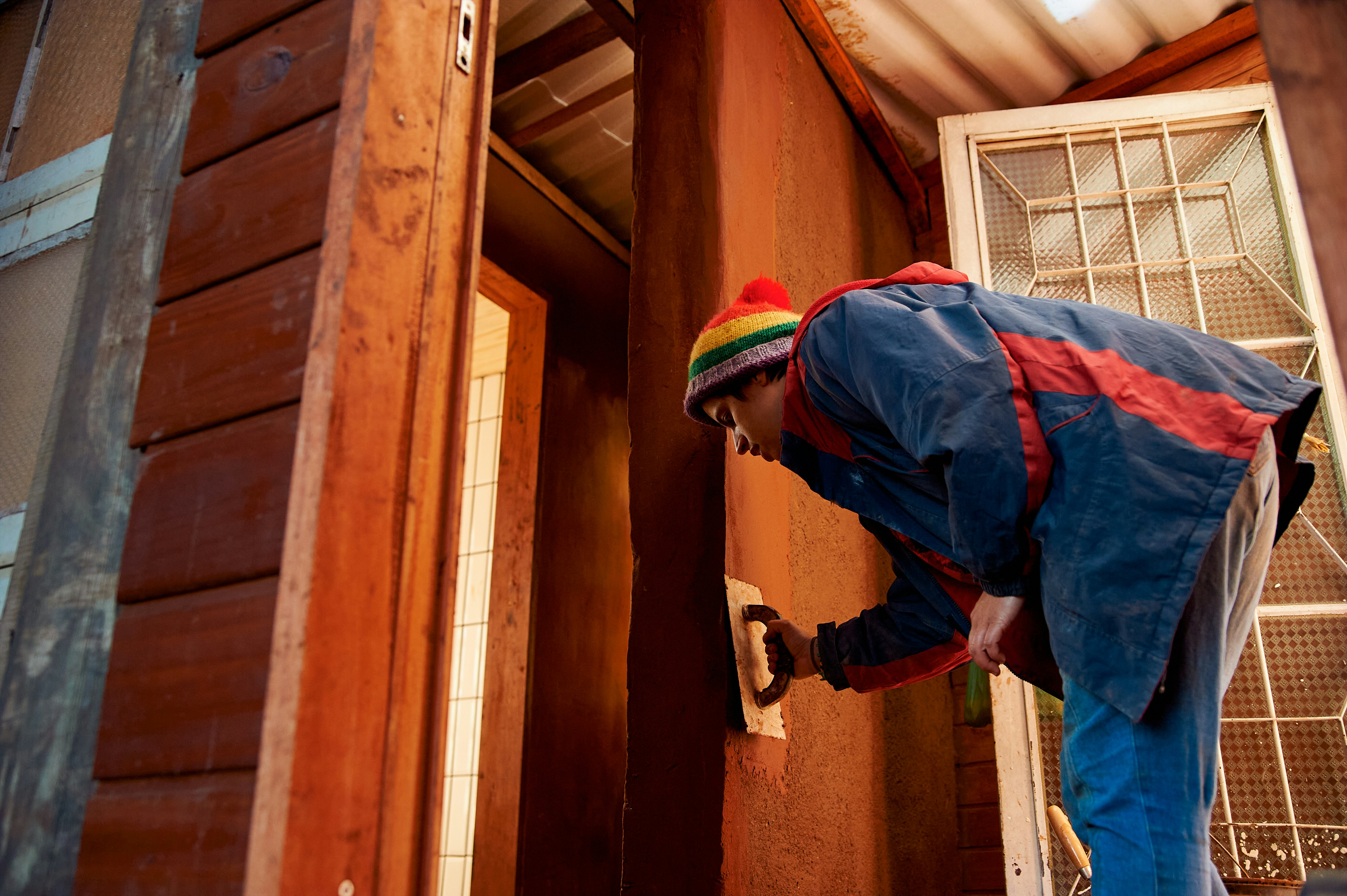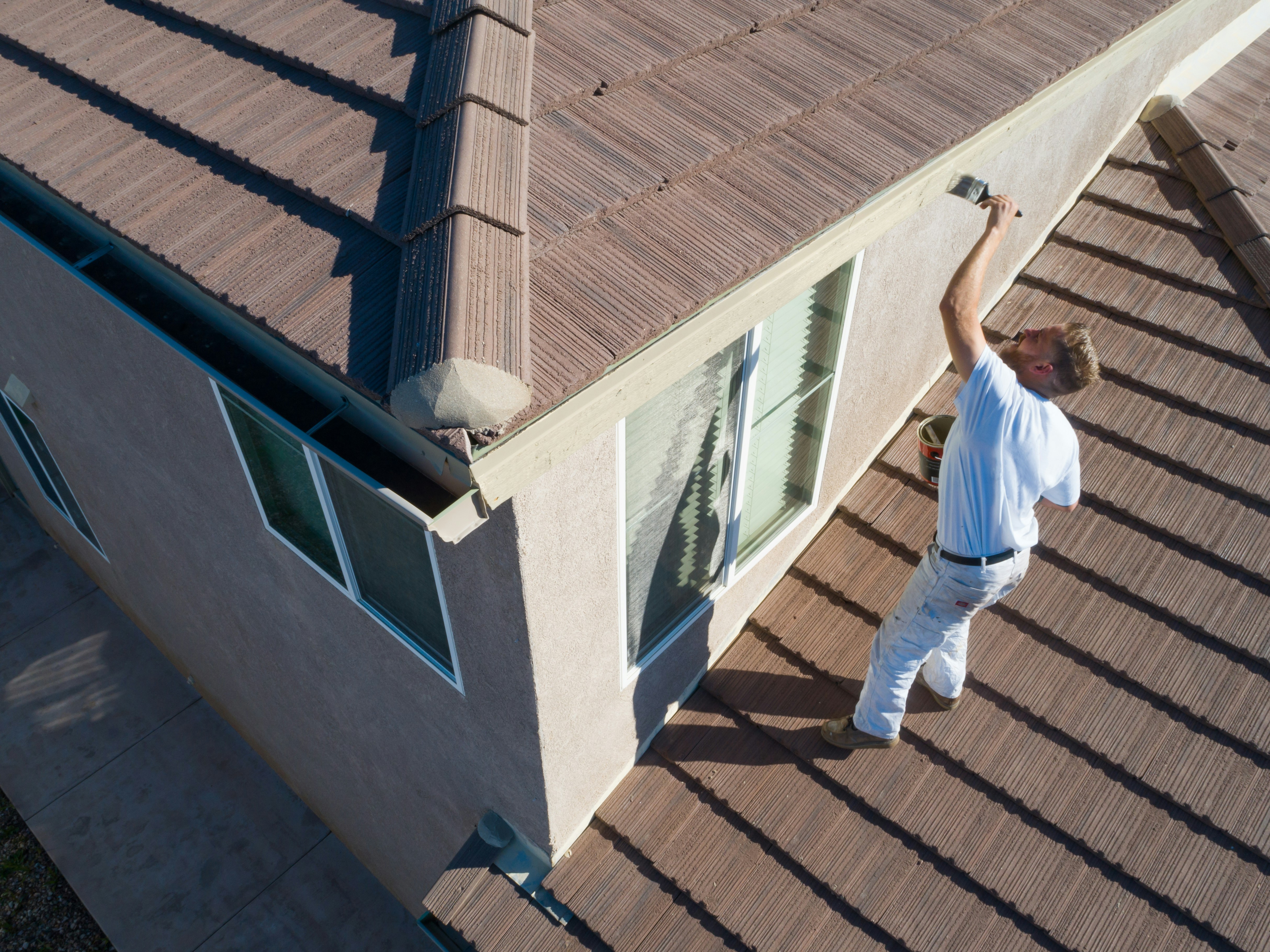Unveiling the Invisible Invader: Understanding Mold
Mold, a term that often incites thoughts of decay and dilapidation, refers to various types of fungi that can grow in different conditions. These microscopic organisms reproduce by releasing spores into the environment, which then settle and grow on organic matter when moisture is present. They come in multiple colors including black, white, green, or orange and are ubiquitous in nature.
Mold has a vital ecological role as it helps break down dead materials and recycle nutrients in the environment. In indoor environments however, mold growth should not be ignored.
When it grows uncontrollably indoors, it can lead to structural damage as well as health issues for living occupants. In this regard, uncontrolled mold growth is often an indicator of an underlying problem such as a water leak or excessive humidity.
Despite their reputation for negativity, molds are not entirely harmful; certain types are instrumental in producing antibiotics like penicillin and foods like blue cheese. However, understanding when mold shifts from being a benign resident of our surroundings to a potential threat is crucial for maintaining healthy living conditions.

Bellevue: A City Between Lakes
Situated between Lake Washington to the west and Lake Sammamish to the east is Bellevue - a city known for its lush parklands and vibrant urban centers. With its population exceeding 140 thousand souls according to recent estimates - Bellevue serves as one of Washington's largest cities offering residents a high quality urban lifestyle amidst abundant natural beauty. The city's name translates from French as 'beautiful view,' an apt moniker given its scenic landscapes that encompass both waterfront vistas and mountainous panoramas.
The city boasts several outdoor recreational areas including Meydenbauer Bay Park with its picturesque view of Lake Washington's vast expanse; Bellevue Downtown Park, which serves as the city's heart; and the Mercer Slough Nature Park that is a testament to Bellevue's commitment to preserving natural habitats. Despite its urban allure, Bellevue is not immune from natural environmental challenges.
Like many cities in the Pacific Northwest, it grapples with issues related to mold growth due primarily to its temperate oceanic climate characterized by cool, wet winters and warm, dry summers. The propensity for mold growth in this region underscores the importance of understanding molds, their causes and effects on health - topics we delve further into in subsequent sections of this article.
Understanding Mold in Bellevue: Unveiling the Unseen Adversary
Molds are a natural and integral part of our environment, playing a crucial role in the decomposition process of organic matter. They are fungi that thrive on moisture and reproduce by releasing microscopic spores into the air. When these spores land on damp surfaces, they begin to grow.
In Bellevue, similar to many parts of the Pacific Northwest, the moist climate creates an ideal breeding ground for various types of molds. Understanding mold in Bellevue necessitates a keen awareness of not only its presence but also its potential impact on health and property.
Mold can cause structural damage to homes over time, leading to costly repairs or even loss of property value. On a personal level, exposure to certain types of mold can lead to health issues such as allergies, asthma attacks, or other respiratory issues – especially in individuals with pre-existing conditions or weakened immune systems.
The unique climatic conditions coupled with specific architectural styles common in Bellevue add another layer to this complex issue. Many homes in this region are characterized by unique design elements like wooden sidings and shake roofs that require regular maintenance due to their susceptibility to mold growth.

Common Types of Mold in Bellevue: Identifying the Invisible Culprits
The specific types of mold commonly found in Bellevue include Cladosporium, Penicillium, Aspergillus and Stachybotrys chartarum – often referred as 'black mold'. Cladosporium is typically found on living or dead plant matter and indoor materials like textiles or wood surfaces. It manifests as black or green spots on walls, ceilings or window sills.
Penicillum is another pervasive type that can be identified by its blue-green color. It often grows on food items left unattended or on water damaged walls and mattresses.
Aspergillus is a type of mold that thrives in high-oxygen environments and typically appears as a powdery white or yellow substance. The dreaded 'black mold', Stachybotrys chartarum, can be recognized by its slimy black appearance.
It grows in areas with prolonged exposure to moisture such as leaky pipes, flooded basements or damp carpets. This form of mold is particularly toxic and can lead to severe health problems if left unchecked.
Causes and Conditions for Mold Growth in Bellevue: The Perfect Storm
Mold spores are omnipresent – floating in the air we breathe, waiting for the right conditions to anchor themselves and proliferate. In Bellevue, the primary factor contributing to mold growth is the city's maritime climate.
The frequent rain and recurrent foggy conditions create an environment rich in moisture – a requisite for molds growth. While external climatic factors play an integral role, indoor conditions are equally culpable.
Poorly ventilated homes can trap moist air within their confines leading to condensation on walls, windowsills, or other surfaces - creating perfect breeding grounds for molds. Similarly, leaking roofs, pipes or damp basements provide ample opportunity for these persistent fungi to thrive.
Another condition which aids mold growth is the availability of nutrient sources - organic matter such as wood, paper or even fabric are prime examples of this. Bellevue's plentiful vegetation coupled with popular wooden home designs could inadvertently feed into this cycle enabling further proliferation of molds.

The Impact of Climate on Mold Growth in Bellevue
Embracing the Damp: How the Pacific Northwest Climate Contributes to Mold Growth
Bellevue's location in the Pacific Northwest significantly influences the prevalence and propagation of mold. The region is renowned for its damp, temperate rainforest climate, characterized by high humidity and ample rainfall, especially in autumn and winter months.
These climatic conditions provide a fertile breeding ground for mold species that thrive in moisture-laden environments. The omnipresent dampness serves as an incubator for mold colonies.
This is further exacerbated by natural geographical features such as bodies of water and dense forests, which foster humid conditions conducive to fungal growth. Moreover, the relatively mild temperatures typical of Bellevue ensure that extreme heat does not kill off mold colonies, allowing them to proliferate unchecked throughout most of the year.
The prevalence of certain building materials in local architecture can also factor into mold susceptibility. Many homes in Bellevue feature wood which can readily absorb moisture from the air or direct contact with water sources thereby creating ideal habitats for molds to thrive.
Oscillating Hazard: Seasonal Variations and Their Effect on Mold
While molds are a constant presence throughout the year, their growth rate can fluctuate with changing seasons due to variations in weather patterns inherent to Bellevue's location. During winter months when rainfall is most abundant, there is an evident surge in indoor and outdoor mold populations.
Winter brings cold temperatures forcing residents to seal their homes tightly against drafts. This increased insulation reduces ventilation allowing moisture from cooking, bathing or even breathing to build up inside homes creating favorable conditions for indoor molds like Cladosporium or Aspergillus species.
As spring sets in with milder temperatures but continued precipitation molds continue thriving until summer when warmer weather offers some reprieve by reducing ambient humidity levels thus slowing down fungal proliferation. However, this lull is often temporary as autumn reinstates the damp conditions molds love, hence perpetuating a seasonal cycle of mold growth.
It is paramount to understand these seasonal trends to strategize on appropriate prevention measures. For instance, ensuring proper ventilation during winter and maintaining dry indoor environments during wet seasons can significantly mitigate the risk of mold infestations.

The Silent Threat: Health Risks Associated with Exposure to Mold
General Health Risks
Mold is more than an unsightly nuisance; it is a health hazard. Exposure to mold spores can trigger a multitude of general health risks.
For the robust, healthy individuals, these may manifest as mild allergic reactions such as sneezing, coughing, and skin rashes. Yet for those with weakened immune systems or pre-existing respiratory conditions such as asthma or chronic obstructive pulmonary disease (COPD), inhaling mold spores can instigate severe reactions.
These can include difficulty breathing, fever, and even potentially life-threatening lung infections. Certain species of molds produce mycotoxins – toxic compounds that can cause neurological problems when exposed in high concentrations or over lengthy periods.
Symptoms related to mycotoxin exposure range from headaches and fatigue to more severe complications such as memory loss and cognitive impairments. The notorious "black mold," Stachybotrys chartarum, is one species known to produce mycotoxins potentially leading to these dire neurological effects.
Moreover, chronic exposure to molds might lead some individuals towards developing hypersensitivity pneumonitis—an inflammation of the lungs—causing symptoms that mimic pneumonia. Long-term exposure could also result in allergic bronchopulmonary aspergillosis—an allergic reaction that causes inflammation in the lungs' airways resulting in breathing difficulties.
Specific Risks for Bellevue Residents
Bellevue residents face unique challenges when it comes to mold exposure due to the city's location within the Pacific Northwest's damp temperate rainforest climate zone. This environment provides a perfect breeding ground for various types of molds including Cladosporium, Penicillium, Aspergillus and Alternaria—all posing significant health risks if left unchecked. The prevalence of these molds means Bellevue residents are at a higher risk of developing mold-related health problems compared to individuals living in drier climates.
Given the area's propensity for dampness, homes in Bellevue may be more likely to harbor hidden mold growth—behind walls, under carpeting, and within air ducts—thus increasing the potential for chronic exposure. Furthermore, due to the city's lush greenery and proximity to bodies of water such as Lake Washington and Lake Sammamish, outdoor mold spore counts can be particularly high during certain times of the year.
This poses an additional risk for those who enjoy outdoor activities or work in outdoor occupations. Understanding these inherent risks is crucial for Bellevue residents to ensure they take appropriate preventative measures and keep an eagle eye out for signs of mold infestation in their homes.

Identifying and Addressing a Mold Problem in Bellevue Homes: The First Step to Safe Living
One cannot underestimate the importance of being able to identify the signs of a potential mold problem. Mold can take various forms, but often it appears as a discoloration on your walls, ceilings, or floors. This can range from black or green patches that spread outwards if left unchecked, to white thread-like growths or clusters of small black spots.
Furthermore, mold can also have a distinctive musty odor that lingers in the air. Beyond these visual and olfactory cues, one might experience consistent allergic reactions such as sneezing, runny nose or itchy eyes when in the house.
These symptoms may signify the presence of mold spores in your indoor environment. Be aware that not all molds are overtly visible; they might be lurking behind wallpaper, inside drywalls or under carpets.
If you suspect a mold issue within your premise, don't panic - immediate action is required. Begin by thoroughly inspecting areas prone to dampness like bathrooms, basements and kitchens for any signs of mold growth.
Follow this with professional testing for confirmation if needed especially when dealing with hidden molds. Mold problems should never be ignored as they tend to escalate over time causing considerable structural damage and health issues.
Prevention and Control Measures for Molds: Maintaining Mold-free Homes
Mold prevention is primarily about moisture control - keeping your home dry is essential. Routine home maintenance activities such as fixing leaking pipes promptly and ensuring good water drainage around your home play pivotal roles in this aspect. Another preventive tip involves keeping indoor humidity levels low (between 30% - 50%) throughout the day using air conditioners or dehumidifiers where necessary especially during humid months.
Regularly inspect and clean your home's gutters, ensure the ground around your house slopes away from the foundation, and use paints that are mold-resistant for areas prone to dampness. According proper ventilation to your home is vital in maintaining a mold-free environment.
For instance, vent appliances such as dryers and stoves outside instead of into the attic. Also, increase ventilation in high-moisture areas like bathrooms and kitchens by using exhaust fans or opening windows when possible.

Professional Help for Mold Problems: Getting Expert Intervention
When dealing with extensive mold growth or certain types of harmful molds like black molds (Stachybotrys chartarum), it's recommended to call professionals for help. Experts have the right knowledge, experience and tools required to handle mold remediation effectively with minimal risks.
In Bellevue, numerous local companies specialize in mold remediation offering services like inspection, testing, removal and repair of damaged structures. Notable among these include "Bellevue Mold Removal Experts," "Bellevue Mold Inspection & Testing," and "Mold Solutions NW." While selecting a service provider ensure they are licensed, insured and have good reviews.
In addition to this professional help available, Bellevue offers encouraging case studies from residents who have successfully navigated mold problems in their homes. Each success story serves as an inspiration driving home the point that with timely action and correct approach overcoming molds is achievable.
The Role of Local Government and Community Organizations: A United Front against Molds
The city of Bellevue has adopted building codes designed to prevent moisture intrusion thereby curbing potential molds growth in homes. These codes underscore adequate ventilation requirements among other moisture control measures. Local government also collaborates with community organizations to provide resources for residents grappling with mold issues.
They offer information on mold prevention, detection and removal techniques, health related issues, and when to seek professional help. Organizations such as the Bellevue Community Resource Center serve as a hub for these resources and more.

Living Safely with the Reality of Molds in Bellevue: Ensuring a Healthy Habitat
As we conclude this comprehensive exploration of molds in Bellevue, it's important to reiterate the significance of awareness, prevention, and timely action in dealing with potential or actual mold problems. These measures are essential for maintaining healthy spaces where we live. Although molds are an integral part of our environment, their place is not inside our homes.
With diligent attention to moisture control through proper home maintenance practices and ventilation coupled with professional help when needed, you can ensure your home remains a safe haven - free from harmful molds. As we've learned from our Bellevue residents' stories - no mold situation is too dire to overcome with the right tools and approach.
The ultimate message here is simple yet powerful - embracing proactive measures paves the way towards healthier homes in Bellevue. With continuous efforts from individuals, professionals, local government and community organizations alike working cohesively against molds menace; a safe living environment isn't just an idealistic goal but an achievable reality that adds another feather to the cap of what makes Bellevue so special.




